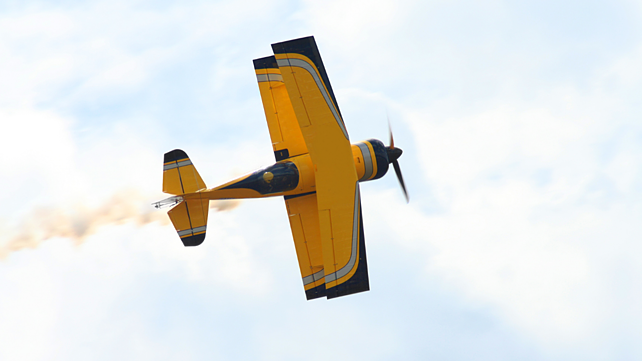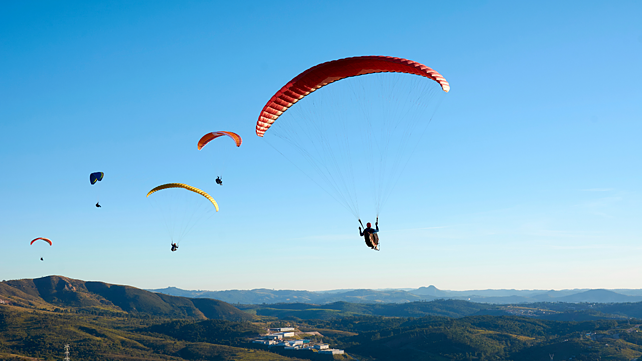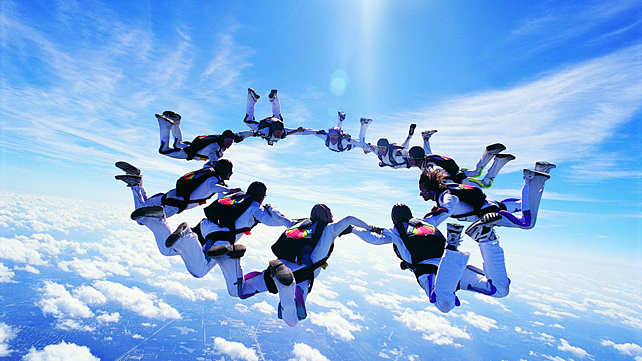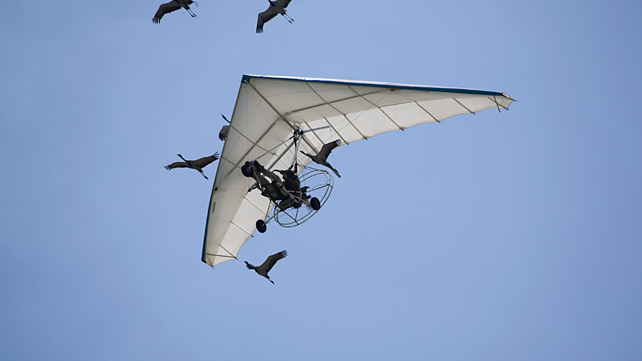
In a welcome move for the new year, the Ministry of Civil Aviation (MoCA) has laid out its plans to promote the country’s air sports sector with the release of the draft National Air Sports Policy (NASP 2022) on January 1, 2022. The civil aviation ministry has called for feedback on the draft NASP 2022 from interested parties to be sent by January 31.
The NASP, when finalised and ready for implementation, will be a milestone event in India’s aviation history as it will bring down the barriers to access to aviation for the Indian public.
NASP 2022 aims to deliver the policy framework to create a safe, affordable, accessible and sustainable air sports ecosystem in India with a vision to emerge as one of the top air sports nations by 2030. NASP 2022 covers the entire gamut of airborne sports like aerobatics, aeromodelling, amateur-built and experimental aircraft, ballooning, drones, gliding, hang gliding & paragliding, micro-lighting & para-motoring, skydiving and vintage aircraft.

Untapped Potential
India’s large geographical expanse makes it ideally suited to emerge as a global air sports powerhouse with large sections of the country featuring diverse topography and fair weather conditions. The proposal to encourage schools, colleges and universities to include air sports in their curriculum is also a welcome move.
A young population and increasingly tourism friendly policies could drive the growth of adventure aviation sports and aviation with multiplier benefits in terms of growth of travel, tourism, infrastructure and local employment, especially in hilly areas. The civil aviation ministry is banking on a strong response for adventure aviation tourism in India as the air sports activities are drastically reduced during the winter months in Europe and North America.
Affordable Air Sports
Affordable air sports is key to making this a grassroots movement and towards this end, the civil aviation ministry is proposing to rationalise the GST rate on air sports equipment to 5% or even lower. At present, the GST rate on purchase of air sport equipment is between 18-28% with a GST levy of 18% for balloons, gliders, other non-powered aircraft and their spares.

Import of air sports equipment without any import duty for a specified number of years is also being considered by the ministry, as also the import of previously used air sports equipment without any import duty (subject to laid down norms of airworthiness).
With the market for air sports in India at the present being largely insignificant, much of the complex equipment used for air sports such as aircraft, specialised parachutes, helmets, batteries, GPS trackers and radio aids etc. are all imported. To reduce the level of imports, the civil aviation ministry could also consider encouraging domestic manufacturing of certain high value air sports equipment by way of a Production-Linked Incentive (PLI) Scheme, where the incentive could be linked to value addition undertaken in India. Domestic design, development and manufacturing of air sports equipment will be also promoted.
Safety First
Air sports by their very nature involve a higher level of risk than as compared to commercial or general aviation. As a result, a strong emphasis is being placed on ensuring international best practices in safety. As per NASP 2022, the apex governing body for air sports in India will be the Air Sports Federation of India (ASFI).
The day to day activities for individual air sports will be handled by their respective associations, for e.g. Paragliding Association of India or Skydiving Association of India etc. ASFI has been mandated to undertake the regulatory oversight of air sports associations to deliver safe, affordable, accessible and sustainable air sports.
As per MoCA, any particular location deemed suitable for air sports (e.g. Bir-Billing in Himachal Pradesh, Gangtok in Sikkim, Hadapsar in Maharashtra or Vagamon in Kerala), can be declared as a ‘Control zone’ for air sports with necessary permissions from the Ministry of Home Affairs (MHA), Ministry of Defence (MoD), State Government and the local Air Traffic Control authority.

Such control zones will enable hassle-free flying for air sports enthusiasts without creating any national security risks to or safety of other manned aircraft.
The Directorate General of Civil Aviation (DGCA) has already published an airspace map of India on its DigitalSky Platform (https://digitalsky.dgca.gov.in). This map will provide air sports enthusiasts and practitioners with easy access to airspace availability, which is segregated into red, yellow and green zones.
The green zone affords access for aircraft with an All Up Weight (AUW) of up to 500 kg. However, airspace higher than 400 feet Above Ground Level (AGL) in green zones by default turns into a yellow zone. As a result, permission from the concerned ATC authority will be must for air sports as most of them operate a greater than 400 feet AGL.